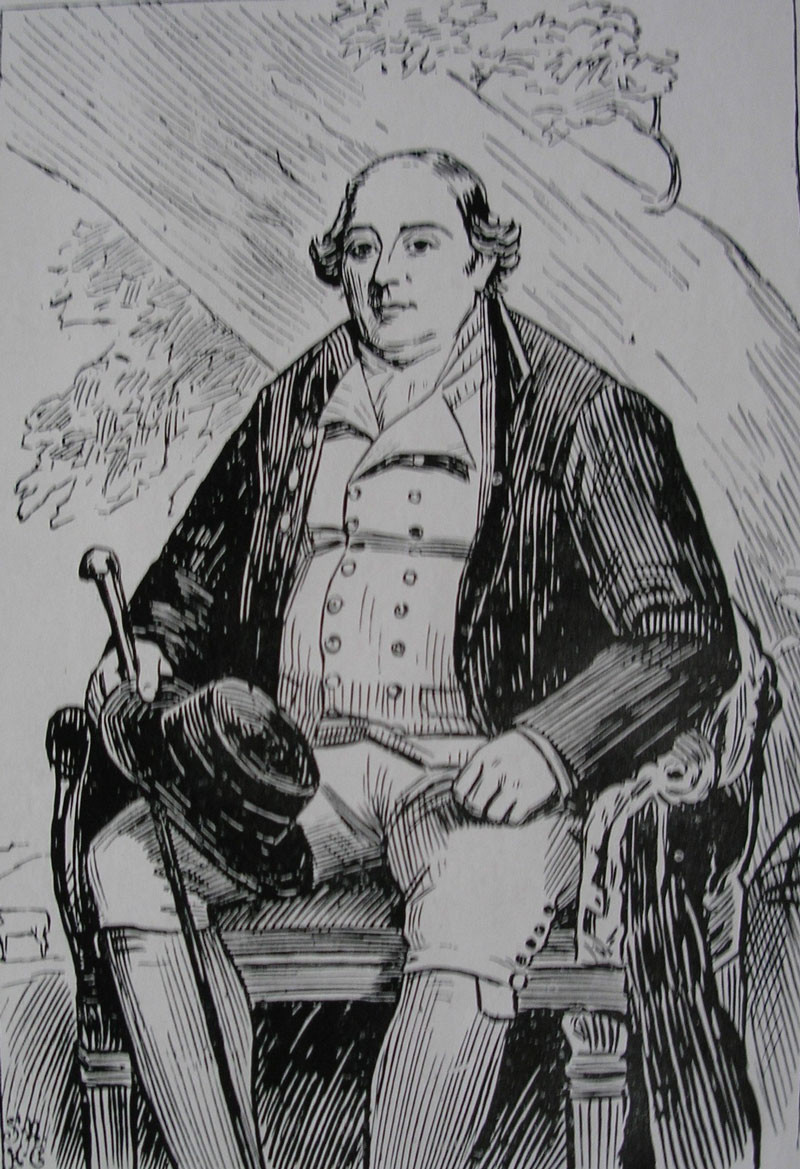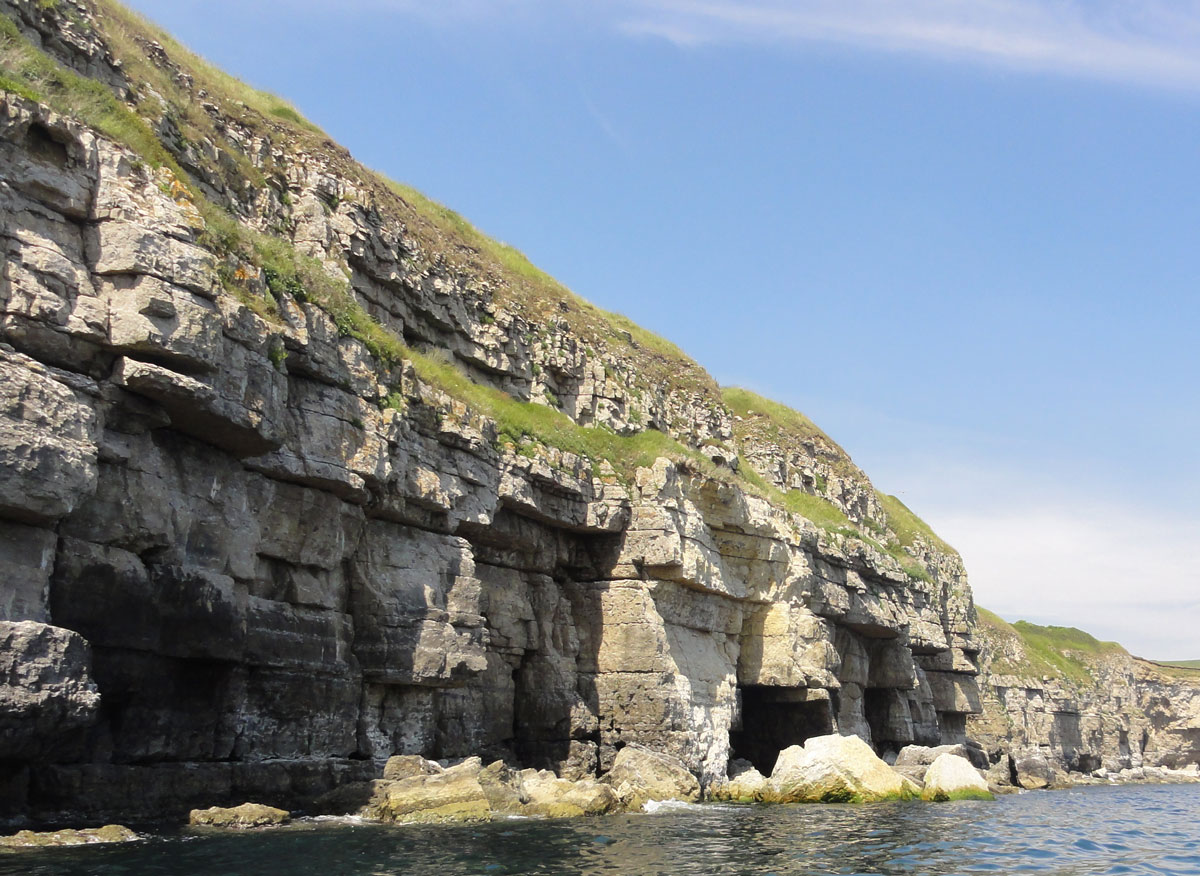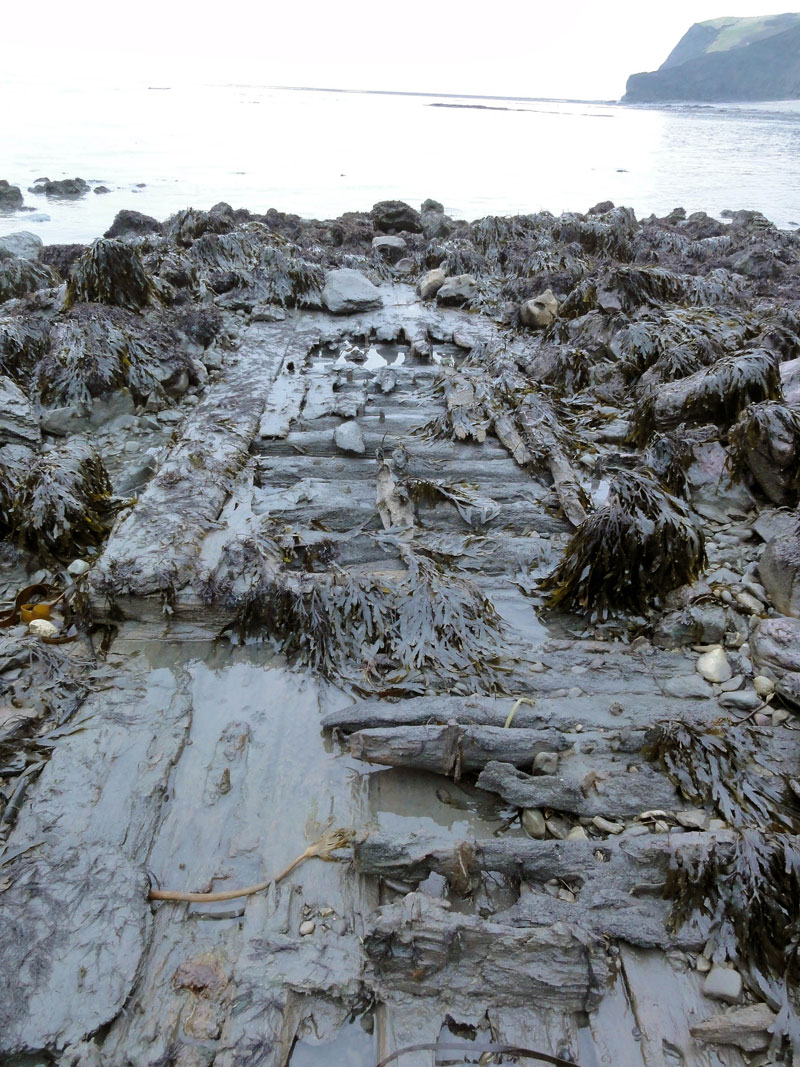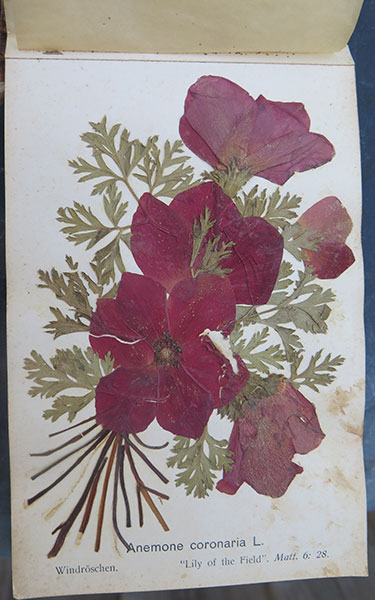31. The Fate Of The Halsewell 2
30. The Fate of The Halsewell 1
November 19, 2020
32. Benjamin Jesty – The Modest Vaccinator
December 3, 2020Purbeck map: Blog 15.
B roadside on, The Halsewell struck rocks at 2am. Survivors' accounts place the dying vessel, beaten by huge waves, jammed across the mouth of a cave. The women, including Peirce's young daughters, were with the gentlemen in the cuddy, the safest, most comfortable section of the ship. As The Halsewell began to break up, many of the men escaped onto the nearest rocks. The last to leave the cuddy saw the captain with his arms around his daughters, trying to reassure them. He knew there was no hope. It was remarkable that those in the cuddy remained calm; by then they must have known that none would survive.
Those who reached the rocks, in darkness and severely battered by icy waves, faced a worse hazard. Above them rose sheer cliffs not easy to climb on a fine summer day far worse numb-handed in the dark. Some gathered on a great rock, sometimes washed by breakers, knowing that the rising tide made their position untenable. A huge leaning Halsewell Rock still remains. Tradition claims that as their refuge. Those who remained there didn't survive. There was no escape from there up the cliff; it was sheer to the summit. Others found the high cave, which offered better shelter, and climbed its walls beyond reach of the waves. Close by, the wooden ship, battered against the rocks, broke in two. The shrieks of women were audible above the roaring sea and gale. The bow drifted out to sea and sank.
Meanwhile, the most active men tried to‘…creep along the side of the cavern, and turning its corner…clamber up' to the quarry, which was half way up the cliff. First to succeed were the ship's cook and a quartermaster. They made for a distant light and roused the people of Worth village. The villagers headed for the quarry with ropes to save those on the rocks below. Other survivors reached Eastington Farm, where the tenant, Mr Garland and Worth's vicar, Morgan Jones were having breakfast. They rode out to see what could be done but, misunderstanding where the wreck was, arrived late on the scene. The quarrymen were already organised. The survivors were out of sight beneath projecting rocks so they lowered a noose and let the gale blow it around until someone caught it.
Everything grew easier as it became light. One by one the men were pulled up. There were still fatalities; men fell back into the sea, too exhausted to hold on. Others failed to fasten the rope around themselves properly fell onto the rocks. Merriton, seniormost officer to escape, told of one of the recruits, a drummer boy, being washed out to sea. He was a strong swimmer and, watched by his mates, struggled to regain the shore. It was a long time before he sank.
Merriton and Rogers' version of the ill-fated voyage and the wreck was soon published. The vicar wrote a letter to the Hampshire Chronicle:'The ship...was so entirely beat to pieces, nothing but the whole ocean covered with her fragments could have persuaded me that had ever been drifted together. In one place lay her rigging, etc, wound up like the garbage of an animal and rolling to and fro in sullen submission to the imperious waves. In the different recesses of the rocks, a confused heap of boards, broken masts, chests, trunks, and dead bodies were huddled together, and the face of the water as far as the eye could extend was disfigured with floating carcases, tables, chairs, casks, and part of every other article in the vessel. I do not think that any two boards remained together.'
A Poole trader, Benjamin Lester, records:
5th January 1786: All Night Wind South. Morning Rain and thaw…
6th January: Wind SSE. Thaw and Rain all night.
7th January: …Shocking News an East Indn Ship outward bound lost ye 4th or 5 th near St Albins upwards 200 lives lost, about 40 got up the Clifts and shelter’d in a Barn of Mr J Garlands (Eastington) – the Ship all in pieces the Wreck floating into Studland Bay.
When the Worth folk had done all they could for the survivors they would have searched the wreckage for anything of value. It was a traditional occupation. The Company would send them 100 guineas as reward for their rescue efforts. Other salvagers came more officially later in the year. They would have used diving bells to recover cannon and a few valuables. In the summer, treasure-seeking divers still search the sea floor for souvenirs. It has yielded all manner of goods and a small collection is displayed at Worth's pub, The Square and Compass. In the 1950s two cannon remained along the cliffs. One, at Hedbury, now set on a plinth, was then half-buried in scars. We boys used to rebury it. The other, standing at the mouth of Pier Bottom, was taken for scrap.
*
The wreck, with its high mortality and the dreadful vision of Peirce comforting his doomed daughters, shocked the nation. On Bastille Day 1789, King George III, on a trip to Weymouth, glimpsed the wreck site from the frigate ‘Southampton’. Charles Dickens wrote of it. The playwright, John O’Keeffe, in his ‘Recollections…’, on a visit to Lulworth in 1791, said:‘As the tide was approaching, the loss of the crew of the Halsewell rushed to my mind’. Artists depicted a crowded deck sinking below a rough, well-lit sea. They evaded the landscape, having never see it. Turner was one such. Alas, while travelling through Purbeck in September 1811, he also trespassed into poetry with:
Where mossy fragments seem disjoined to play
With sportive sea nymphs in the face of day
While the bold headlands of the seagirt shore
Received engulpht old ocean deepest store
Embayed the unhappy Halswell toiled
And all their efforts Neptune [?herewith] foild
The deep rent ledges caught the trembling keel
But memory draws the veil where pity soft does kneel…
Well, he was a brilliant painter.
*
The passenger list sank with the ship. Of some 250 passengers 82 survived. In 1852 there were still...'traces of four long graves...' at Seacombe. There is a Black Man’s Stile, where a lascar collapsed and died. Bodies drifted as far as Christchurch.
If you, too, wish to reflect, glance into an unbroken mirror from The Halsewell which, from above the doorway, still reverses the interior of Worth Church.
<>0V0<>





